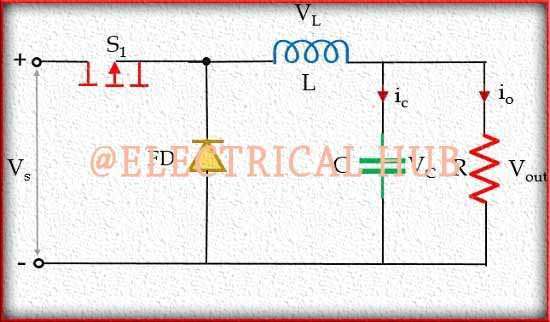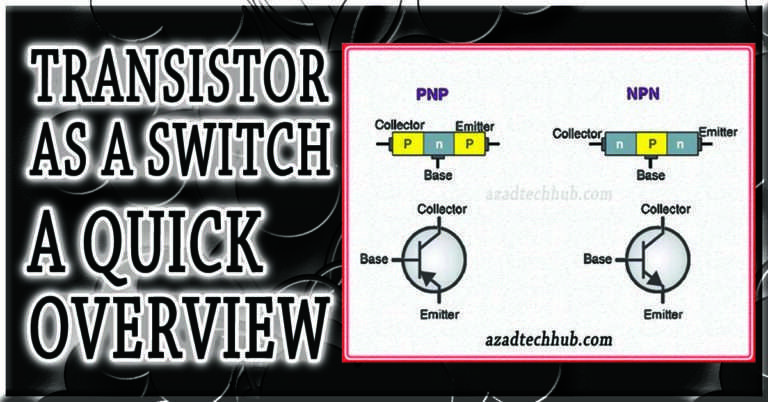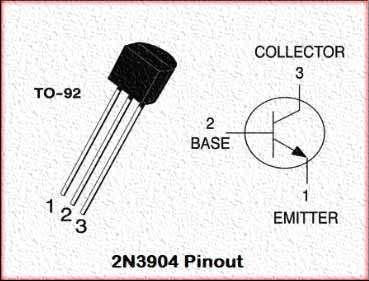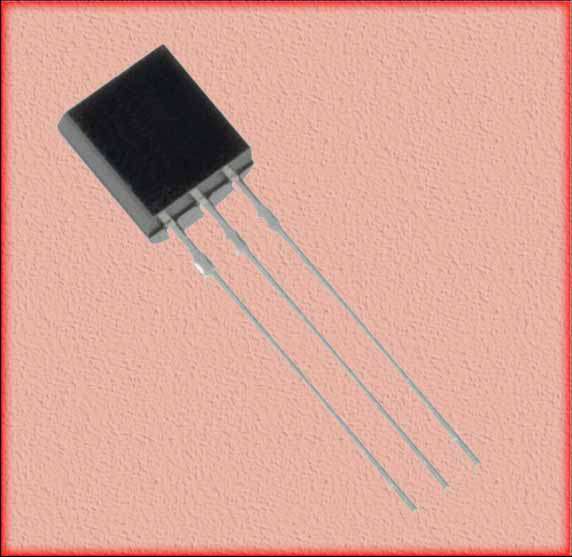Wemos D1 Mini Relay Shield Pinout: Best Guide
The Wemos D1 Mini Relay Shield is a popular accessory for the Wemos D1 Mini, a compact ESP8266-based development board. The relay shield allows users to control high-voltage devices like lights, fans, and other household appliances with the Wemos D1 Mini, making it ideal for smart home automation projects. This article provides an in-depth look at the Wemos D1 Mini Relay Shield Pinout along with its features, wiring guide, and practical applications.

Understanding the Wemos D1 Mini Relay Shield Pinout
The Wemos D1 Mini Relay Shield Pinout is designed to interface seamlessly with the Wemos D1 Mini. The relay shield has a single-channel relay module capable of handling up to 250V AC at 10A or 30V DC at 10A, making it suitable for a wide range of applications. Let’s break down the essential components and pins of the Wemos D1 Mini Relay Shield.
Key Components of the Wemos D1 Mini Relay Shield
- Relay Module: The primary component, responsible for switching devices on and off
- Pins and Headers: Connects the relay shield to the Wemos D1 Mini
- Indicator LED: Shows the relay’s status (ON/OFF)
- Flyback Diode: Protects the relay circuit from voltage spikes
Wemos D1 Mini Relay Shield Pinout Diagram
The Wemos D1 Mini Relay Shield uses the following pins for operation:
- VCC: Supplies power to the relay shield, typically connected to a 5V supply
- GND: Ground connection
- IN (Control Pin): Receives the control signal from the Wemos D1 Mini to switch the relay on or off
These pins are designed to align with the Wemos D1 Mini’s pinout configuration, which makes it a plug-and-play accessory.
How to Connect the Wemos D1 Mini Relay Shield
Setting up the Wemos D1 Mini with the relay shield is straightforward:
- Stack the Relay Shield: Place the relay shield on top of the Wemos D1 Mini, aligning the pins.
- Power the Circuit: Connect the Wemos D1 Mini to a 5V power source.
- Programming the Control Pin: In the code, define the pin used by the relay shield (commonly D1 or D2 on the Wemos D1 Mini).
Basic Wiring Diagram for Wemos D1 Mini Relay Shield
Below is a typical wiring configuration:
- VCC (Relay Shield) -> 5V (Wemos D1 Mini)
- GND (Relay Shield) -> GND (Wemos D1 Mini)
- IN (Relay Shield) -> D1 or D2 (Wemos D1 Mini)
When connected properly, the Wemos D1 Mini Relay Shield will be ready to control external devices.
Programming the Wemos D1 Mini Relay Shield Pinout
To operate the relay, you’ll need to control the IN pin of the relay shield through code. The relay responds to HIGH or LOW signals on this pin. Here’s a basic example of code to get you started with using the Wemos D1 Mini Relay Shield Pinout.
// Define the relay pin (D1 in this example)
#define RELAY_PIN D1
void setup() {
pinMode(RELAY_PIN, OUTPUT);
digitalWrite(RELAY_PIN, LOW); // Initialize relay to OFF
}
void loop() {
digitalWrite(RELAY_PIN, HIGH); // Turn relay ON
delay(1000); // Wait 1 second
digitalWrite(RELAY_PIN, LOW); // Turn relay OFF
delay(1000); // Wait 1 second
}
This code alternates the relay ON and OFF every second, allowing for basic device control. The pin setup is flexible, so adjust the code according to your project needs.
Applications of the Wemos D1 Mini Relay Shield
The Wemos D1 Mini Relay Shield is incredibly versatile, making it ideal for various smart home and IoT applications. Here are some common use cases:
- Smart Lighting Control: Control lights with the Wemos D1 Mini and relay shield, enabling remote switching or automation.
- Fan and Appliance Control: Automate household appliances like fans or heaters.
- Security Systems: Connect the relay shield to an alarm system to trigger alarms or control entry locks.
Advantages of Using the Wemos D1 Mini Relay Shield
The Wemos D1 Mini Relay Shield offers several benefits for hobbyists and developers:
- Compact Size: Fits directly on the Wemos D1 Mini, saving space
- Ease of Use: Simple pinout and plug-and-play design
- Low Power Requirement: Operates with minimal power
Important Considerations for Wemos D1 Mini Relay Shield
While the Wemos D1 Mini Relay Shield is a powerful tool for many applications, there are some safety and operational guidelines to consider:
- Voltage and Current Limits: The relay is rated up to 250V AC or 30V DC at 10A; exceeding these limits can damage the relay or connected devices.
- Isolation Requirements: The relay provides electrical isolation, but it’s still recommended to use caution with high-voltage applications.
- Use Flyback Diode: Protects against voltage spikes, which can damage the relay or other components.
- Ground Connection: Always ensure that the GND pin is connected securely.
Common Questions About Wemos D1 Mini Relay Shield Pinout
1. Can I use multiple relay shields with a single Wemos D1 Mini?
Yes, you can stack multiple relay shields, but be mindful of power limits and GPIO pin availability on the Wemos D1 Mini.
2. Is the Wemos D1 Mini Relay Shield safe for high-voltage devices?
Yes, the relay shield is rated for 250V AC at 10A, but always use caution and follow electrical safety practices.
3. Can I control the relay shield remotely?
Yes, using the Wemos D1 Mini’s Wi-Fi capabilities, you can set up remote control features through web servers, MQTT, or other protocols.
Final Thoughts on Wemos D1 Mini Relay Shield Pinout
The Wemos D1 Mini Relay Shield Pinout provides a straightforward way to control electrical devices through Wi-Fi. Whether you’re building a smart home system or a simple automation project, this shield is a valuable addition to the Wemos D1 Mini ecosystem. With proper wiring and programming, you can use the relay shield to control appliances, lights, and much more, turning your Wemos D1 Mini into a powerful IoT device.
By following the steps and safety tips in this article, you can start experimenting with the Wemos D1 Mini Relay Shield Pinout to create various IoT projects and automation solutions.
Worth Read Posts
Follow us on LinkedIn, “Electrical Insights,” to get the latest updates on electrical engineering. You can also Follow us LinkedIn and Facebook to see our latest posts on Electrical Engineering Topics.
#wemosd1mini, #relayshield, #wemosrelay, #esp8266projects, #electronicsguide, #arduinoprojects, #esp8266tutorial, #wemosd1, #smarthometech, #iotprojects, #relaypinout, #esp8266shield, #makersguide, #diyelectronics, #microcontrollerprojects




